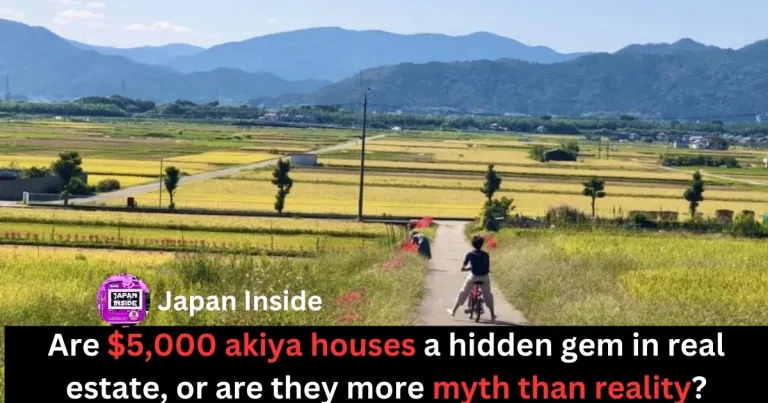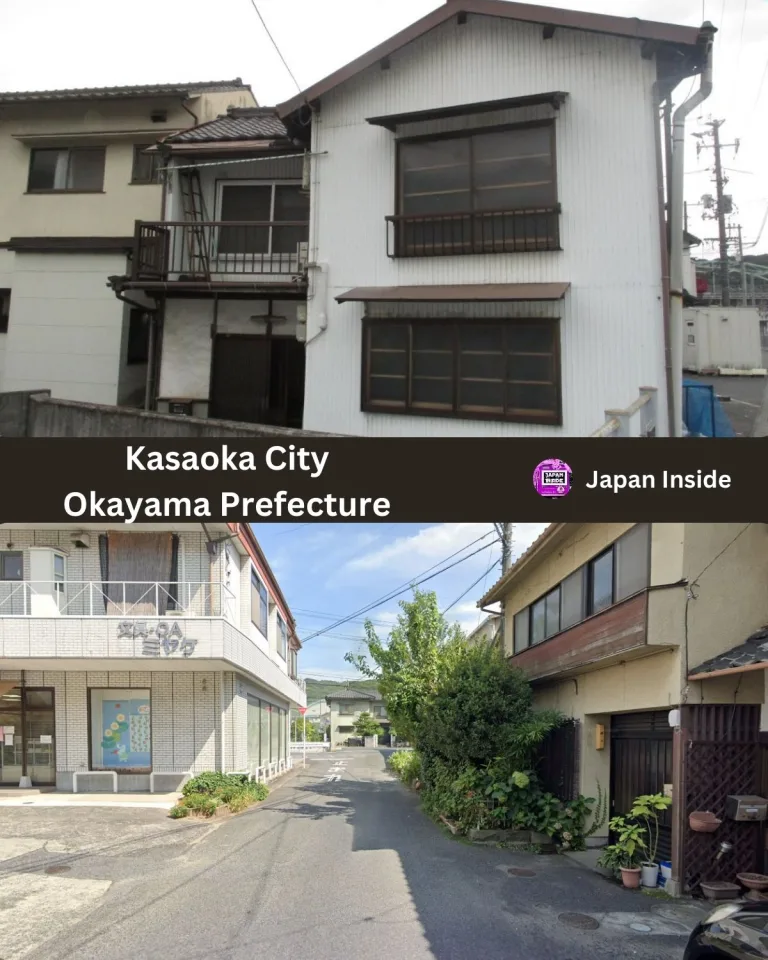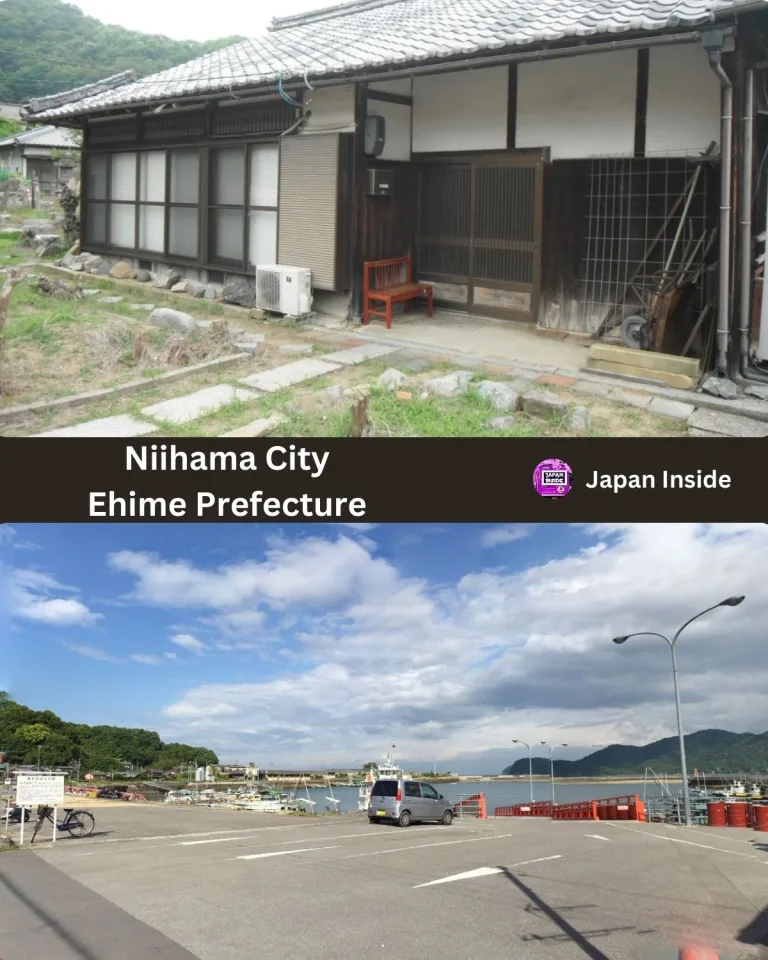Historic 8DK Wooden Home, $43,125, Asakuchi Town
This charming traditional Japanese house is listed at just 6.9 million yen (43,125 USD) in the peaceful town of Asakuchi, Okayama Prefecture. Built in 1943, this 81-year-old wooden home offers a spacious 8DK layout on a generous lot, perfect for those seeking an authentic slice of rural Japanese living with easy access to modern amenities.
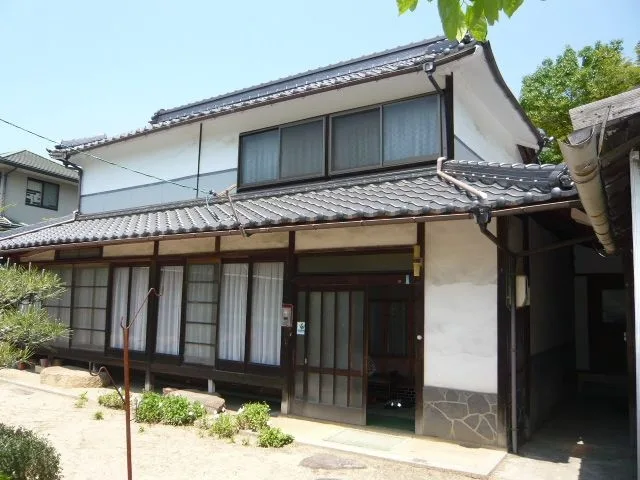

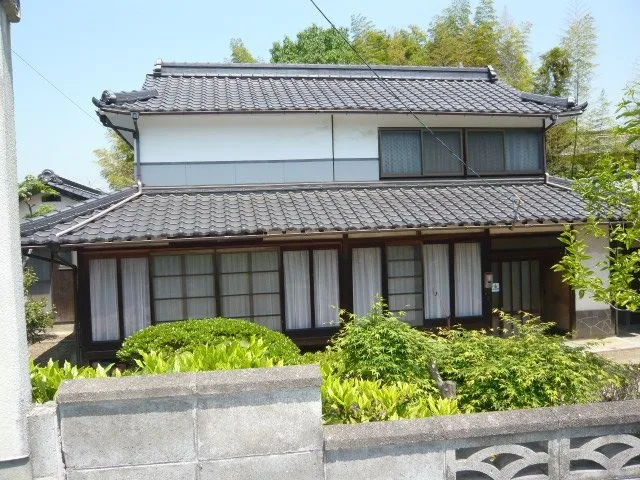
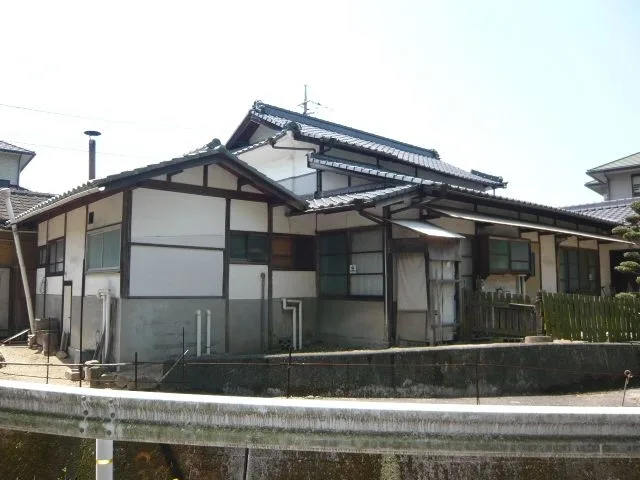
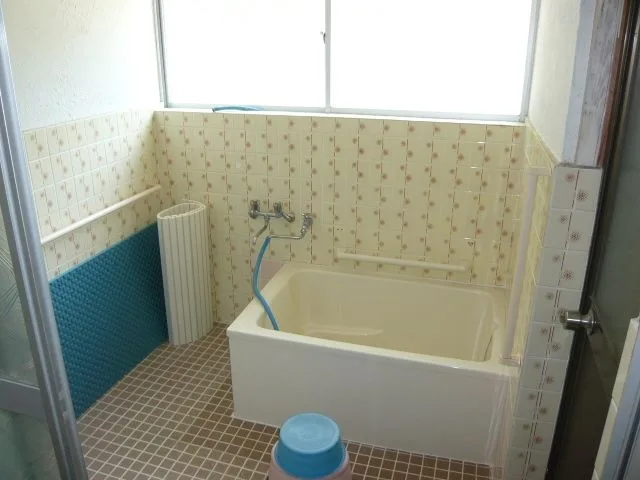
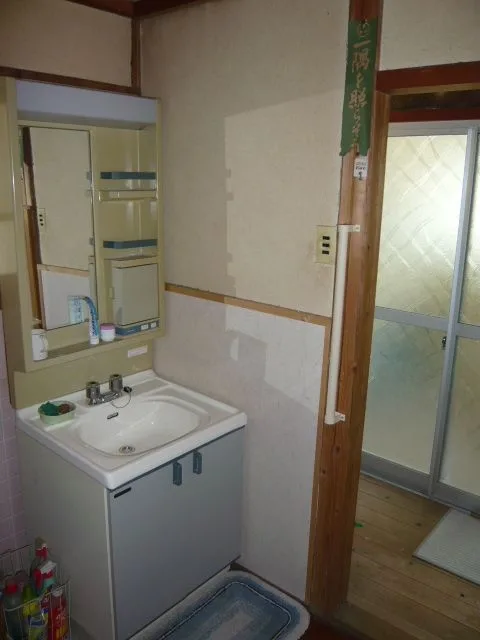
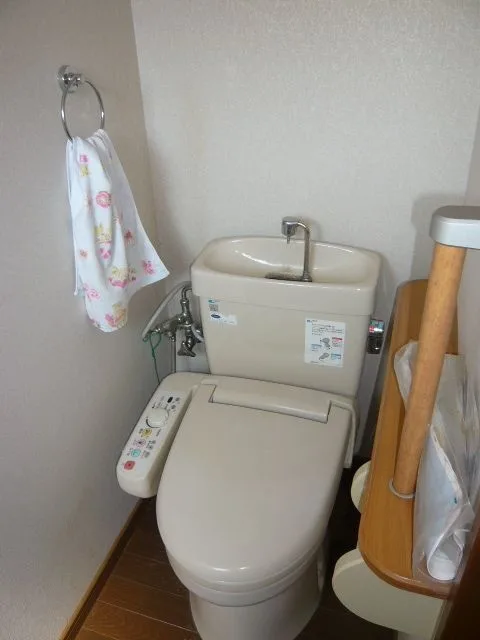
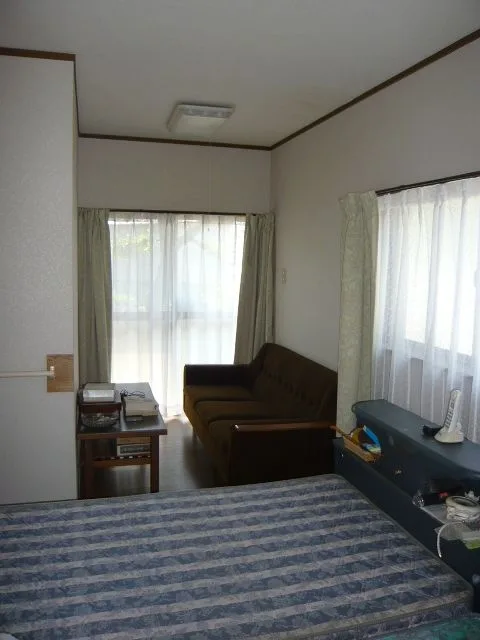
Check out the listing here.
Located in the Kamogata-cho area of Asakuchi City, this two-story wooden house sits on a spacious 532 square meter (5,726 sq ft) lot with a living area of 92 square meters (990 sq ft). Built in January 1943, this historic property offers a unique opportunity to own a piece of Japan’s architectural heritage while enjoying the comforts of modern living.
Check Out These Akiya Deals:
The property’s standout feature is its generous 8DK (8 rooms, dining, kitchen) layout, providing ample space for large families or those who need extra rooms for hobbies, home offices, or guest accommodations. The large lot size is particularly noteworthy, offering plenty of space for gardening, outdoor activities, or potential expansion.
Situated in a quiet residential area, the house is conveniently located just a 17-minute walk from JR Kamogata Station on the Sanyo Main Line. This proximity to public transportation ensures easy access to larger cities and attractions in the region, making it an ideal base for both commuters and those who enjoy occasional trips to urban areas.
Despite its age of 81 years, the house appears to be well-maintained and includes some modern amenities. The listing mentions a bidet toilet, electricity, water supply, and propane gas, indicating that efforts have been made to update the property over the years. However, it’s worth noting that the property still uses a traditional septic tank system, which is common in rural areas of Japan.
One unique aspect of this property is its large lot size of 532 square meters, which is considerably spacious for Japanese standards, especially in a semi-rural area. This provides ample opportunity for gardening, outdoor living, or even small-scale agriculture for those interested in a more self-sufficient lifestyle.
The house’s wooden construction is typical of traditional Japanese architecture, likely featuring elements such as sliding doors (fusuma), paper screens (shoji), and possibly tatami mat flooring in some rooms. These traditional features contribute to the property’s charm and historical value.
While the listing doesn’t mention specific renovations, it’s likely that some updates have been made over the years to maintain the property’s livability. Potential buyers might consider further modernization or restoration projects to blend the home’s historical character with contemporary comforts.
The property is located in an unzoned area, which can offer more flexibility in terms of land use compared to strictly residential zones. This could be advantageous for those considering home-based businesses or other non-standard uses for the property.
Iconic nearby destinations:
- Bicchu Kokubunji Temple: About 20 minutes by car, this historic temple features the oldest five-story pagoda in the Chugoku region.
- Kurashiki Bikan Historical Quarter: Approximately 30 minutes by car, this well-preserved merchant district offers a glimpse into 17th-century Japan with its picturesque canals and traditional buildings.
Facts about Asakuchi City:
- Asakuchi is known for its production of high-quality denim, contributing to Japan’s reputation in the global denim industry.
- The city hosts an annual Firefly Festival in early summer, celebrating the natural beauty of the area.
- Asakuchi is home to several sake breweries, continuing a centuries-old tradition of rice wine production in the region.
Facts about Okayama Prefecture:
- Okayama is famous for its Momotaro legend, a folk tale about a boy born from a peach who becomes a local hero.
- The prefecture is known as the “Land of Sunshine” due to its mild climate and low rainfall.
- Okayama is a major producer of high-quality fruit, particularly white peaches and muscat grapes.
Disclaimer: We are not affiliated with this property or agent in any way. We are simply showcasing properties we find interesting to provide insight into the types of homes available in Japan.
